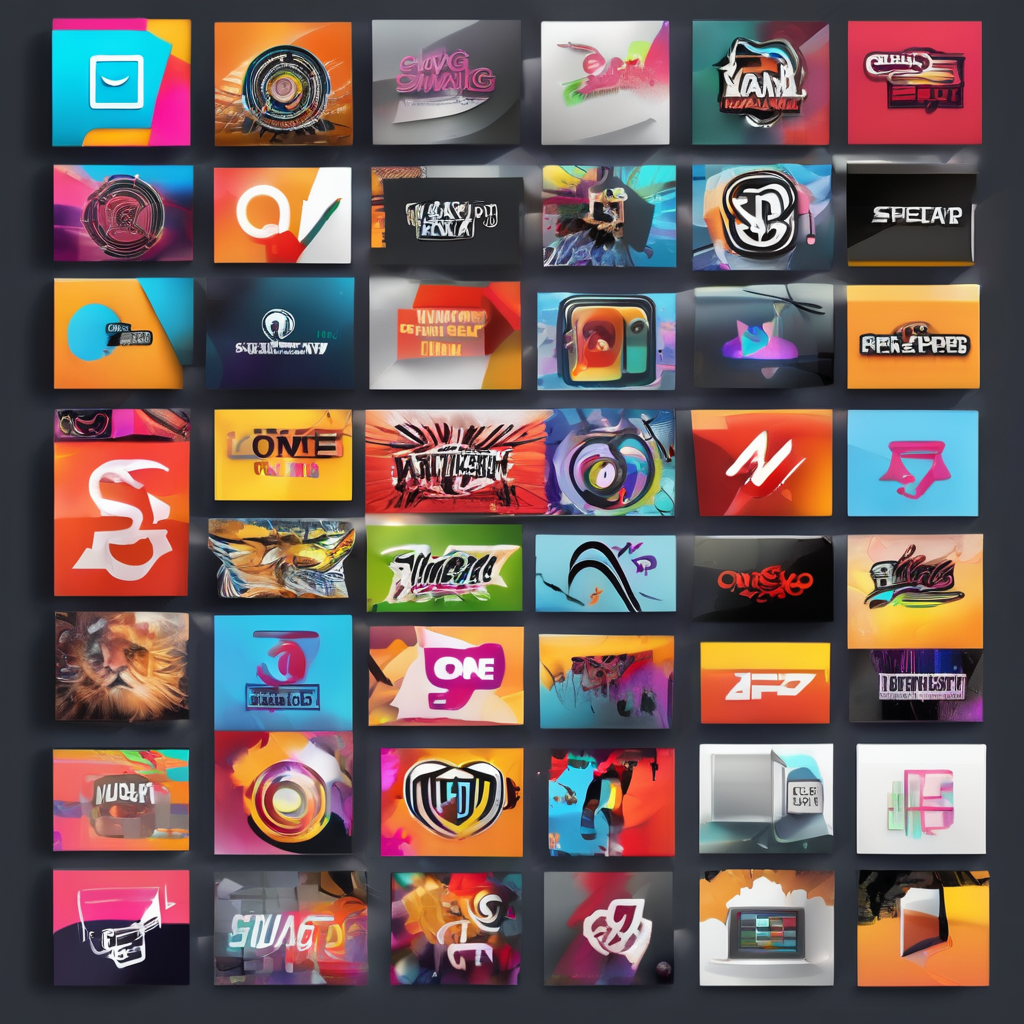Overview of Technology’s Impact on UK Women’s Fashion
The ever-shifting technology impact on UK women’s fashion paints a vivid picture of how technological advancements have punctuated the evolution of the industry over the decades. At each turn in history, technological leaps have reshaped how fashion is created, presented, and consumed, leading to a dynamic interplay between tradition and innovation.
Key technological advancements have fundamentally shaped women’s fashion in the UK. From the emergence of e-commerce which revolutionized retail by bringing shopping to our fingertips, to the integration of 3D printing allowing stunning levels of customization and personalization, technology continually transforms what is possible. These advancements highlight the importance of understanding the intersection of technology and fashion, as they influence consumer demands and drive the future of the industry.
In the same genre : Unleash your creativity with premium yarns from a wool shop
With the arrival of digital tools, these innovations have accelerated. Fashion technology now encompasses not just the clothes but also the way trends are disseminated. Social media platforms play a significant role in broadcasting and diversifying fashion trends, democratizing fashion by giving a broader audience the ability to influence what’s in vogue.
Understanding these developments is crucial for both consumers and businesses alike. The continued revolution of fashion technology means the industry will likely keep challenging conventions, leading to an exciting fusion of technology and creativity that favors both sustainability and innovation. Studying the way these advancements shape the sector enables stakeholders at every level to make informed decisions that reflect the growing synergy between technology and fashion.
Additional reading : Unleash your creativity with premium yarns from a wool shop
Social Media’s Role in Shaping Fashion Trends
In today’s digital era, social media’s influence on fashion cannot be overstated. Platforms like Instagram, TikTok, and Pinterest have transformed the way fashion trends emerge and evolve, bridging the gap between couture and the everyday fashionista.
Influencer Culture and its Effect on Fashion Choices
Influencers have become pivotal in dictating fashion choices. By showcasing curated looks and personal styles, these digital personalities wield substantial power over their followers’ fashion decisions. Brands often collaborate with influencers to reach target demographics, with the resonance of influencer marketing leading to a notable shift in consumer behavior.
User-Generated Content and Brand Engagement
Social media also fosters a thriving environment for user-generated content, enabling consumers to actively participate in trendsetting. By sharing their personal style, consumers effectively become ambassadors of their preferred brands. This interaction boosts engagement and strengthens consumer-brand relationships, offering invaluable insights into modern fashion dynamics.
The Rise of Digital Fashion Shows
Moreover, the advent of digital fashion shows has reshaped the traditional runway experience. Designers now leverage platforms such as YouTube and Instagram Live to broadcast collections worldwide, democratizing access to fashion and amplifying reach. This digital approach not only reduces logistical constraints but also aligns with the industry’s growing emphasis on inclusivity and innovation.
E-commerce and the Transformation of Retail
In the realm of e-commerce, the UK women’s fashion sector has experienced a profound transformation. The growth of online shopping has significantly impacted sales, driving accessibility and convenience. Online platforms allow consumers immediate access to a vast array of products, altering traditional retail dynamics.
The Importance of Mobile Shopping Applications
Mobile shopping applications have become pivotal in this ecosystem, enhancing the shopping experience by offering personalized recommendations and seamless purchase processes. These applications streamline everything from browsing to checkout, catering to consumers’ desires for instantaneous shopping opportunities.
Changing Consumer Behavior in the Digital Age
Consumer behavior has evolved with digital advancements, as shoppers increasingly seek both speed and convenience. The ability to browse and purchase fashion items from anywhere has not only increased demand but also set new expectations for accessibility and service. Retailers are adapting by prioritizing digital presence and integrating advanced algorithms to understand and predict customer preferences.
This shift underscores the continuous evolution of e-commerce in shaping the future landscape of UK women’s fashion, demonstrating its pivotal role in promoting innovation and redefining the shopping experience.
3D Printing and Customization in Fashion Design
The advent of 3D printing technology represents a transformative era in fashion design, characterised by unparalleled opportunities for customization and innovation.
Innovations in 3D Printing Technologies
The evolution of 3D printing has fueled significant advancements in fashion design. By enabling designers to create complex geometries and intricate patterns that were previously unattainable, 3D printing pushes the boundaries of creativity and functionality. This technology allows for the precise fabrication of bespoke garments and accessories, which is particularly beneficial for high-fashion and avant-garde collections. As 3D printing techniques become more refined, they continue to revolutionise the production process, reducing material waste and leading to more sustainable practices.
Customization and Personalization in Fashion
At the heart of 3D printing’s appeal is its potential for extensive personalization. Consumers today crave unique fashion items that reflect their individual tastes and lifestyles. With 3D printing, brands can offer customised fashion pieces, tailoring designs to fit specific measurements or preferences. This degree of personalization not only enhances consumer satisfaction but also reinforces brand loyalty by offering items that resonate personally with customers.
Case Studies of Brands Incorporating 3D Printing
Prominent fashion brands are increasingly embracing 3D printing to elevate their offerings. For instance, the luxury brand Burberry has ventured into 3D-printed accessories, showcasing the technique’s capability to blend traditional luxury with cutting-edge technology. Meanwhile, emerging designers are using 3D printing to create futuristic garments that challenge conventional aesthetics. These case studies illustrate the growing trend of integrating 3D printing into fashion design, highlighting its role in shaping the industry’s future.
Sustainable Technology and Ethical Fashion
In recent years, sustainable technology in fashion has become a central theme, driven by consumer demands for ethical practices and transparency. The fashion industry has responded with advances in materials and innovative production processes that significantly reduce environmental impact.
Advances in Sustainable Materials and Production Processes
Technological breakthroughs have enabled the development of eco-friendly fabrics, such as recycled polyester and organic cotton. These materials not only minimize the use of natural resources but also lessen the carbon footprint of garment production. New dyeing techniques, which consume less water and energy, further illustrate how technology fosters sustainability in fashion design.
The Impact of Technology on Waste Reduction in Fashion
Waste reduction in fashion is another significant area where technology plays a pivotal role. Automated cutting machines increase precision, reducing fabric waste. Moreover, implementing circular fashion models, where materials are recycled at the end of product life, encourages resource efficiency and extends garment utility.
Consumer Demand for Ethical Brands and Transparency
Modern consumers are increasingly prioritizing brands that align with their values, highlighting ethical sourcing and business practices. Technology aids this transparency through blockchain systems, which track a product’s journey from origin to point of sale, offering consumers insights into the ethical standards adhered to by brands. As a result, companies embracing sustainable methods and transparency are likelier to earn consumer loyalty.
Future Trends and Predictions in Fashion Technology
As the fashion industry continues to evolve, the future of fashion technology holds revolutionary potential. These advancements promise to reshape how clothes are designed, manufactured, and experienced by consumers.
The Role of Artificial Intelligence in Fashion
Artificial Intelligence (AI) has begun transforming fashion through enhanced design processes and smart inventory management. AI algorithms can predict trends by analyzing vast datasets, offering insights that help design teams create garments that are both innovative and align with consumer preferences. Furthermore, AI facilitates efficient supply chain operations by anticipating demand and optimizing stock levels, thus minimizing waste and driving sustainability in production practices.
Virtual Reality and Augmented Reality Experiences
Virtual Reality (VR) and Augmented Reality (AR) are ushering in a new era of fashion experiences. These technologies allow consumers to “try on” clothing virtually, creating immersive shopping experiences without leaving their homes. Brands use VR and AR for fashion shows, showcasing collections in interactive formats that reach a global audience, reducing the barriers of physical attendance, and enhancing accessibility.
Emerging Technologies to Watch in the Next Decade
Emerging technologies such as blockchain and smart textiles are poised to further revolutionize the sector. Blockchain technology ensures transparency in the supply chain, while smart textiles introduce garments with integrated technology, like health monitoring sensors. Together, these innovations point towards a future where fashion is not only more interconnected but also more personalized and responsive to individual needs. As the industry advances, these emerging technologies will continue to redefine the boundaries of fashion technology.
Case Studies of UK Brands Leveraging Technology
In the ever-evolving landscape of fashion, UK fashion brands stand out by entwining tradition with future-forward technologies. This seamless blend is remarkably illustrated through several compelling case studies.
Analysis of Prominent Brands Successfully Using Technology
Leading UK fashion brands such as Burberry have ingeniously incorporated technology into their core operations. Burberry’s integration of advanced data analytics and virtual reality showcases its commitment to innovation, enhancing customer engagement and personalized marketing strategies. These technologies allow for real-time consumer insights, driving tailored experiences both in-store and online.
Similarly, the British brand Asos leverages artificial intelligence to streamline their vast product offerings, utilizing algorithms to suggest style recommendations based on previous buyer behavior. This not only eases the purchasing process but also strengthens consumer satisfaction and loyalty by offering a personalized shopping experience.
Interviews with Industry Experts on Technology Integration
Industry experts highlight the importance of a strategic approach in integrating technology within fashion brands. They emphasize focusing not only on adopting the latest tools but also on aligning these technologies with the brand’s identity and values. For instance, ensuring that sustainable technologies are incorporated reflects a growing commitment to ethical consumerism, which has become a central consideration for modern shoppers.
The Impact of Technology on Brand Identity and Consumer Loyalty
The infusion of technology within brand identity profoundly impacts consumer loyalty. Brands like Topshop have employed immersive augmented reality experiences, allowing customers to visualize fashion items in their own environment before purchase. This blending of the physical and digital customer journey cultivates a unique brand perception, fostering deep connections with their audience. As technology continues to evolve, UK brands embracing these innovations not only survive but thrive, setting a benchmark for global fashion progression.






